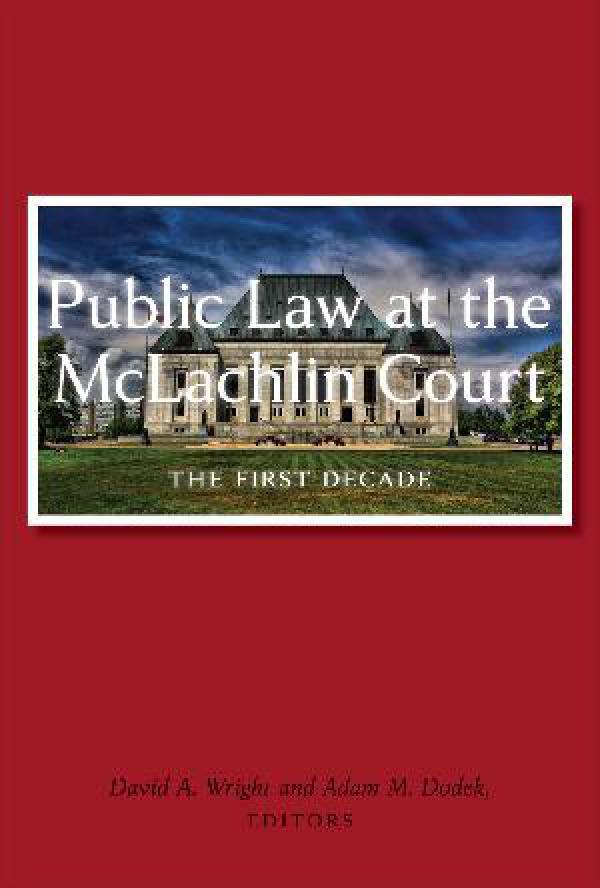| Author(s) | |
|---|---|
| Publication Year | |
| Publisher |
The Reconciliation Doctrine in the McLachlin Court
From a “Final Legal Remedy” to a “Just and Lasting” Process
From: Public Law at the McLachlin Court
$3.30
This paper focuses on the issue that runs through much of the Aboriginal jurisprudence over the last ten years: the idea of “reconciliation.” This term is evoked as a norm in Aboriginal rights cases. However, the way in which the term is deployed, the values that inform it, the logic that drives it, and the conclusions that it supports have shifted and are continuing to shift. In particular, reconciliation has come to be understood as requiring dynamic processes of negotiation, instead of just serving as a normative justification for infringing Aboriginal rights. This article does not analyze whether the Court’s understanding of reconciliation resonates with that of scholars nor does it substantively address what scholars have argued ought to be included in trying to affect reconciliation. Rather, the paper seeks to explore what the Court is signalling or intends when it draws upon the language of reconciliation. As such, the article tracks a complex storyline which is marked with both internal debate and change, as well as with our current chief justice promoting a fairly consistent trajectory.
The flow of this chapter is as follows. The substantive analysis begins in the second section, which identifies the early deployments of the term “reconciliation” and in particular draws attention to distinctions between Lamer C.J.’s understanding and use of “reconciliation,” and those of McLachlin C.J. in the years before she was named chief justice. These distinctions set a comparative baseline for the rest of the paper. The third section then turns to the decisions rendered by the Court during Beverley McLachlin’s first ten years as chief justice. The third section is divided into two subsections. The first subsection considers whether Lamer C.J.’s approach to reconciliation, as a state of compromise where Aboriginal rights may need to yield to the common good, has been embraced by the current bench. It also identifies how elements of McLachlin C.J.’s formerly articulated approach to reconciliation from when she sat on Lamer C.J.’s bench, surface in various forms, either in her reasons or those of other members of the Court. The second subsection considers how the McLachlin Court casts “reconciliation” as a dynamic process, demanding the establishing of relationships that, like all relationships, must both be founded in mutual respect and be renewed if they are to flourish. The fourth section of the paper considers tensions that arise due to reconciliation interests being largely absent from judicial considerations of non-section 35(1) matters (such as when legal claims turn on statutory interpretation). The fifth section suggests that McLachlin’s Court has created some room for reconciliation interests to infuse Aboriginal-Crown law more generally.
Contributors
Constance MacIntosh
Constance MacIntosh is an associate professor, Schulich School of Law, Dalhousie University.







